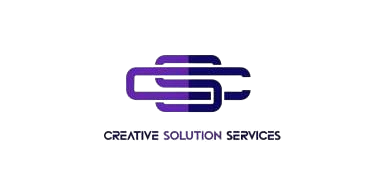Modern Website Design: Why It Matters More Than Ever in 2025

In today's fast-moving digital world, your website is often the first impression potential customers have of your brand. Whether you're running a small business, launching a startup, or refreshing an established company’s online presence, adopting a modern website design isn’t just a trend — it’s a necessity.
So what exactly does "modern website design" mean, and why should you care?
What Is Modern Website Design?
Modern website design goes beyond just looking clean or trendy. It blends aesthetics with function to create user-friendly, fast, and mobile-optimized websites that not only look good but also perform well. It's rooted in simplicity, usability, and performance.
Common elements of modern design include:
-
Minimalist layouts with plenty of white space
-
Bold typography and high-quality visuals
-
Mobile-first responsive design
-
Fast loading times and lightweight code
-
Clear navigation and strong call-to-action buttons
-
Accessibility-friendly features
-
Dark mode options and interactive UI elements
Modern design isn’t about reinventing the wheel — it’s about creating a seamless, enjoyable experience that puts the user first.
Why Modern Website Design Matters
1. First Impressions Count
Visitors form an opinion about your website in under 3 seconds. If your site looks outdated or cluttered, they may assume your business is too. A modern website design builds credibility and trust from the moment someone lands on your page.
2. Mobile Usage Is Higher Than Ever
With over 60% of web traffic coming from mobile devices, responsive design is non-negotiable. Modern websites automatically adjust to any screen size, delivering a consistent experience across all devices.
3. Improved SEO Performance
Search engines like Google now factor page speed, mobile responsiveness, and usability into their rankings. A modern website design helps you stay on top of those requirements and increases your visibility.
4. Faster Load Times = Higher Conversions
No one likes to wait. Slow websites drive users away. With optimized images, clean code, and efficient layouts, modern design helps your site load in seconds — keeping users engaged and increasing your chances of conversion.
5. Better User Experience
Modern websites are intuitive. They make it easy for visitors to find what they’re looking for, complete actions, and enjoy their time on your site — which means they’re more likely to return or recommend your brand.
Key Trends in Modern Website Design for 2025
-
AI-driven personalization
-
Micro-interactions and animations
-
Voice user interface (VUI) compatibility
-
Custom illustrations and 3D elements
-
Sustainable design practices (green hosting, lightweight builds)
Final Thoughts
Modern website design is more than just aesthetics — it’s about functionality, performance, and connection. As technology evolves and user expectations rise, your website must adapt. A well-designed, modern website not only helps you stand out but also positions your brand as trustworthy, forward-thinking, and ready for growth.
If your current site feels outdated or clunky, it might be time to rethink your approach. Investing in modern website design could be the smartest move you make for your business this year.
- Art
- Causes
- Crafts
- Dance
- Drinks
- Film
- Fitness
- Food
- Games
- Gardening
- Health
- Home
- Literature
- Music
- Networking
- Other
- Party
- Religion
- Shopping
- Sports
- Theater
- Wellness


